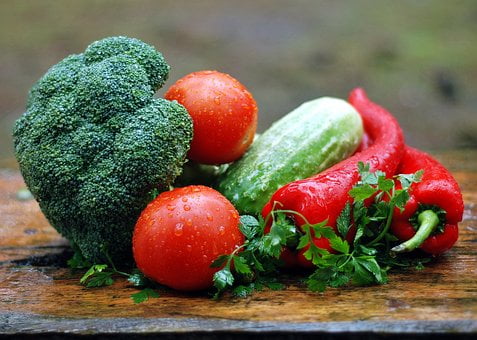Can we eat dandelion greens?
Can we eat dandelion greens? Dandelions, often dismissed as pesky garden weeds, are nature’s hidden treasure troves of nutrition and culinary delight. The vibrant yellow flowers and their accompanying greens might be a common sight in fields and gardens, but did you know that they offer a plethora of health benefits and can be a tasty addition to your culinary repertoire? In this comprehensive guide, we will explore the wonders of dandelion greens, uncovering their nutritional value, culinary uses, potential health benefits, and ways to incorporate them into your diet.
Understanding Dandelion Greens
Dandelion greens, derived from the common dandelion plant (Taraxacum officinale), are the vibrant, green leaves that grow at the base of the yellow flower. These greens are not only edible but also highly nutritious, offering a plethora of vitamins, minerals, and antioxidants.
Nutritional Riches of Dandelion Greens
Dandelion greens are incredibly rich in essential vitamins and minerals. Packed with vitamin A, vitamin C, and vitamin K, they play a vital role in supporting immune function, skin health, and promoting healthy blood clotting. Additionally, dandelion greens are a good source of calcium, iron, and potassium, crucial minerals for bone health, oxygen transport, and maintaining electrolyte balance in the body. Their impressive nutrient profile makes them a valuable addition to any diet.
Culinary Uses and Preparation
Dandelion greens can be incorporated into a variety of dishes. Before incorporating dandelion greens into your meals, it’s essential to know how to harvest and prepare them properly. When foraging, ensure you pick the greens from pesticide-free areas, ideally in the spring when they are young and tender. To prepare them, wash the greens thoroughly under running water to remove dirt and insects. Trim off the roots and chop the leaves finely for salads, or keep them whole for sautéing and cooking. They have a slightly bitter taste, which mellows when cooked. Here are some popular ways to prepare dandelion greens:
- Salads: Fresh dandelion greens add a nutritious crunch to salads when mixed with other greens, fruits, nuts, and a tangy vinaigrette.
- Sauteed Dandelion Greens: Cooking dandelion greens with garlic, olive oil, and a pinch of salt reduces their bitterness, creating a flavorful and healthy side dish.
- Smoothies: Blending dandelion greens into smoothies with fruits and yogurt masks the bitterness while retaining their nutritional benefits.
- Tea: Dandelion tea, made from dried roots or leaves, is a popular herbal beverage believed to promote liver health and aid digestion.

Health Benefits of Dandelion Greens
- Digestive Health: Dandelion greens are rich in dietary fiber, aiding digestion and promoting a healthy gut. Regular consumption can prevent constipation and support overall digestive function.
- Liver Detoxification: Dandelion greens have been traditionally used to support liver health. They contain antioxidants that help the liver in detoxifying the body and processing nutrients efficiently.
- Anti-Inflammatory Properties: Studies suggest that dandelion greens possess anti-inflammatory properties due to their high flavonoid content. Reduced inflammation is associated with a decreased risk of chronic diseases.
- Diuretic Effect: Dandelion greens act as a natural diuretic, promoting urine production and helping the body eliminate excess fluids and toxins
Cautions and Considerations
While dandelion greens offer numerous health benefits, there are a few considerations to keep in mind:
- Allergies: Individuals with allergies to ragweed, marigolds, or daisies might experience allergic reactions to dandelion greens. If you have known allergies, consult a healthcare professional before including them in your diet.
- Pesticides and Contaminants: If harvesting dandelion greens from the wild, ensure they are free from pesticides and contaminants. It’s safer to opt for organic dandelion greens when available.
- Medicinal Interactions: Dandelion supplements or excessive consumption might interact with certain medications. If you are taking medications, especially diuretics or blood thinners, consult your healthcare provider before adding dandelion greens to your diet.
Conclusion
Dandelion greens, once overlooked, have emerged as a culinary and nutritional gem. Their rich vitamin and mineral content, coupled with their potential health benefits, make them a valuable addition to a balanced diet. From salads to smoothies, their versatility in the kitchen is astounding. However, like any new food, it’s essential to approach them mindfully, especially if you have allergies or existing health conditions.
By embracing the wonders of dandelion greens, you not only elevate your culinary experiences but also enhance your well-being naturally. So, the next time you see those vibrant yellow flowers in your garden, consider harvesting the greens and embark on a journey of both culinary delight and healthful living.
Related Posts
This article is reviewed by Russel, before publishing. If you have any doubt, you can contact us or consult with your nearby doctor. Remember, in medical matters, there is no same advice, cure, and medicine for all.







